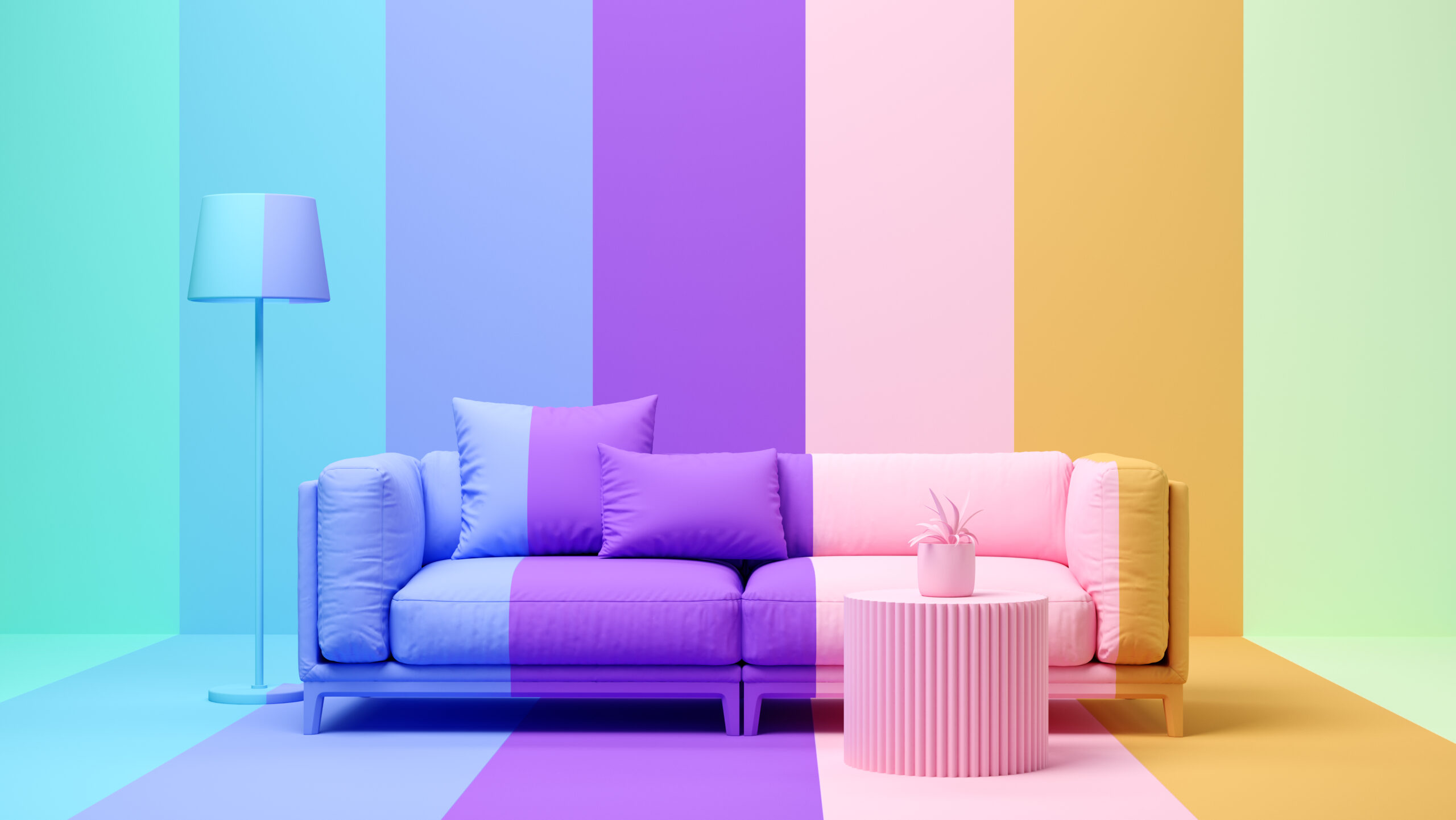When it comes to interior design, color plays a crucial role in setting the mood and creating a harmonious atmosphere. The psychology behind color choices is a fascinating subject that can help you make informed decisions when designing your space. In this blog post, we will explore the impact of colors on our emotions and how to select the right hues for each room.
Colors have the power to evoke specific feelings and emotions. For example, warm colors like red, orange, and yellow are known to create a sense of energy and excitement. These hues are perfect for spaces where you want to promote social interaction, such as living rooms or dining areas. On the other hand, cool colors like blue, green, and purple have a calming effect and can be ideal for bedrooms or home offices where you want to create a tranquil atmosphere.
Understanding color psychology can also help you create a cohesive design scheme throughout your home. By using a consistent color palette, you can establish a sense of flow and harmony between different rooms. For instance, if you want a calming and serene atmosphere in your home, you can opt for a neutral color scheme with shades of beige, gray, and white. This will create a seamless transition from one room to another, making your space feel cohesive and well-designed.
It’s important to note that everyone has their own unique emotional response to colors. While certain colors may generally evoke specific emotions, individual preferences and cultural backgrounds can also influence how we perceive and react to different hues. Therefore, it’s essential to consider your personal taste and the specific mood you want to create in each room.
When selecting colors for your interior design, it’s also crucial to consider the functionality of the space. For example, if you’re designing a home office, you may want to choose colors that enhance focus and productivity, such as shades of blue or green. On the other hand, if you’re designing a playroom for children, you can incorporate vibrant and stimulating colors like red or yellow to encourage creativity and imagination.
Another important aspect to consider is the natural light in each room. Natural light can significantly affect how colors appear and feel in a space. Rooms with ample sunlight can handle bolder and darker colors, while rooms with limited natural light may benefit from lighter and softer hues.
Ultimately, the goal of using color psychology in interior design is to create spaces that not only look beautiful but also evoke the desired emotions and moods. By understanding the impact of colors on our emotions, we can transform our homes into havens that reflect our personality and enhance our well-being.

